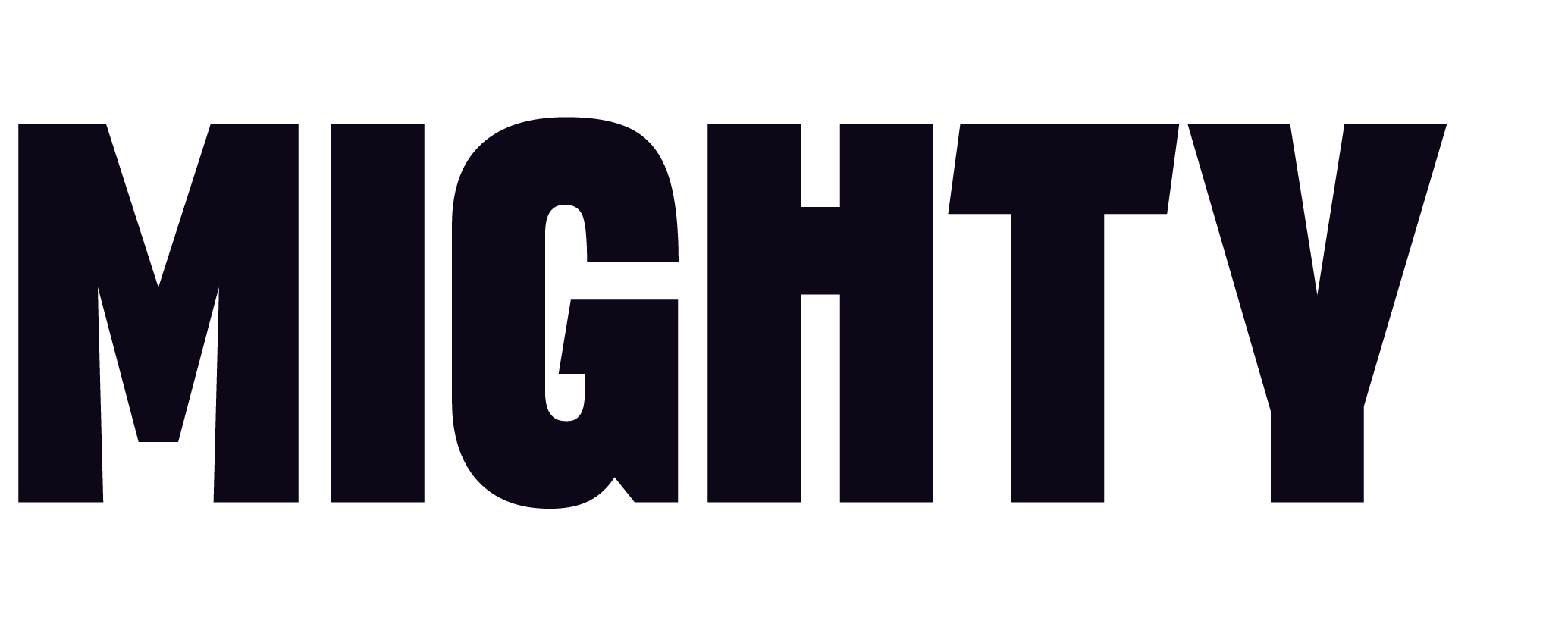
Give up on your unrealistic dreams…
Or knuckle down and make yourself a killer portfolio
With every student and graduate looking for an internship or job, it's key to have a killer portfolio. This means both standing out and looking professional. The aim of your portfolio is to show work that fits the agency (whether that be old or new), shows variety in your work and also grabs the attention of the creative director/agency you are applying for.
With all this in mind, we have 9 tips to help you create your perfect portfolio from beginning to end.
1. Portfolio set-up
When setting up your InDesign document, it's preferable for the size of portfolios to be 1920 x 1080px or landscape A3. Either is a strong set-up, although we would often use 1920 x 1080px as portfolios are often now previewed over email or on a screen.
When you export it, ensure it's under 10MB, too, or it might be too big to be sent or viewed via email.
2. Project structure
Within each portfolio, we'd recommend including four to seven projects – the amount depends entirely on the length of each project.
The portfolio should begin with your second best project, but end with your best project. Each one should show a small build-up of the concept (this can include a few sketches) but ultimately should demonstrate how the brand works on a wide variety of collateral.
3. Projects should be varied
Work within your portfolio should be varied to demonstrate your diverse skill base to employers; this also includes colour palettes, typography and target audiences.
We often receive portfolios where every project uses similar colours and fonts, but this is a dangerous decision. It can highlight a fear of exploring different visual styles; consequently limiting your creativity.
4. Limit self-branding
Although this is fun to create, self-branding can end up detracting from your project work. Portfolio pieces get lost in a sea of illustrations and funky typography that confuses us, and we struggle to identify where one project ends and another begins.
5. Create tailored portfolios
Depending on where you are applying for a job or placement, it's important to tailor your portfolio with the projects you find most relevant to that agency. Showing examples of similar work – whether that's packaging, UX design or something else – will demonstrate your skillset within the field.
6. Two portfolios are ideal
When initially grabbing the attention of an employer, you want to send a condensed version of your portfolio. This would include 3/4 of your projects and a few pages on each. This initial portfolio doesn’t need to show the build-up of projects, but it's good to have a brief description of each at the beginning of every section. Your main portfolio can be used for portfolio reviews and interviews to delve deeper into your projects and creative thinking.
7. Don’t include a CV or about us section within your portfolio
Frequently, students will incorporate an about us or CV like section at the beginning of their portfolio. Although this is useful information to potential employers, it's not what your portfolio is intended for. This material should be added in addition to your portfolio when attaching it to an email or job application form.
8. Don’t include lengthy annotations
Avoid including text and annotations within your portfolio, unless used minimally to take the viewer on a journey. Ultimately your portfolio shouldn't require much copy as it will be up to you to verbalise your thinkings within a portfolio review or interview.
Additionally, including copy in your portfolio can become a disadvantage as you might find yourself reading off the screen when presenting, and consequently losing the audience's attention.
9. Include self-initiated projects
We like to see that you have the drive, ambition and creativity to design outside of the box. With the number of university graduates sending us portfolios every day, we see the same briefs day in and day out, so we love to see something unique. There are many free briefs available online or, even better, show us something about your personality and passions through a self-initiated piece of work.
With these nine tips, you now have the tools to create an industry-ready portfolio. At Third Floor, we're always excited to see new talents and ways of thinking.
For further feedback on your portfolio, questions about this blog, or if you are seeking an internship, please send us your portfolio to: hello@thirdfloordesign.co.uk
- Third Floor x Mighty – a new chapter - 21 June 2022
- Soulful sustainability and the age of NOwnership - 17 June 2022
- The death of the logo and birth of the brand - 17 June 2022
